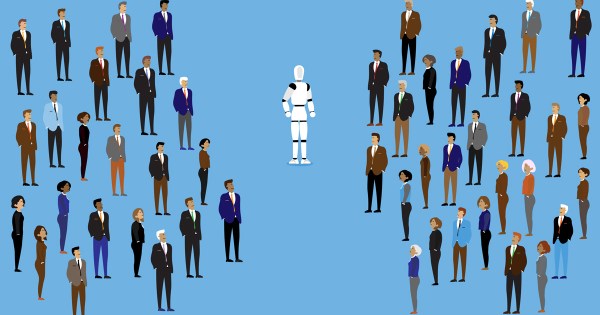This step was humbling because I encountered my own limitations in the process. For example, we don’t have a large Muslim population where I’m based in Brazil, yet a global audience traveling to Cannes would likely include women in hijabs or chadors. This prompted me to research the nuances between different articles of dress that, to an untrained eye, may have been seen as interchangeable. The experience highlighted the importance of stepping outside of our bubbles to recognize what we don’t know, in order to learn and incorporate diverse cultural elements that better serve global users.
Diversity is (and isn’t) everyone’s responsibility
As the only woman on the team building Sir Martian, the problematic depiction of women raised alarm bells for me early on but didn’t faze my male colleagues until I brought it to their attention. We need more diverse teams who can authentically lead AI in the right direction. But at the same time, the onus shouldn’t be on minorities alone to fix biases that have affected them for generations.
Overcoming these biases demands collective effort. After I discovered flaws in Sir Martian’s AI model, I partnered closely with a developer on the project who was dedicated to addressing these issues. I reached out to a Black co-worker and Muslim women in our global community for their feedback on whether Sir Martian’s drawings were respectfully reflecting their identities. These are just some examples of the cross-disciplinary collaboration that needs to happen in order to make a change; once you flip the switch and understand what needs to be done, the rate of progress is astounding.
The industry has a ways to go, but we’re seeing positive change. Since Sir Martian launched, we’ve instated a global AI policy to help staff become more conscious of common biases that occur in AI systems, such as data bias, algorithmic bias, and confirmation bias. Perhaps more importantly, fostering an inclusive environment encourages a shared responsibility in creating AI systems that accurately and fairly reflect diverse experiences, ultimately benefiting everyone.
Know where to draw the line, and back up your decisions
Our industry celebrates how AI will unlock personalization for everyone, but there are limits. The unfortunate reality is that, when it comes to accurately depicting everyone, we can’t perfectly address every difference on every project. But we can try to be as thorough as possible given the limits of technology, time, and budgets.
When it comes to being more diverse and inclusive, for example, people naturally focus on accounting for a variety of skin tones. That’s great, but it’s often as far as we go. What about different body types and sizes? How might a generated portrait differ when someone is sitting in a wheelchair instead of standing up?
We should not only address these questions, but also begin asking them at a project’s inception. Those of us developing consumer-facing generative AI activations must be conscious of where our parameters fall, as well as able to justify the decisions we make.

























